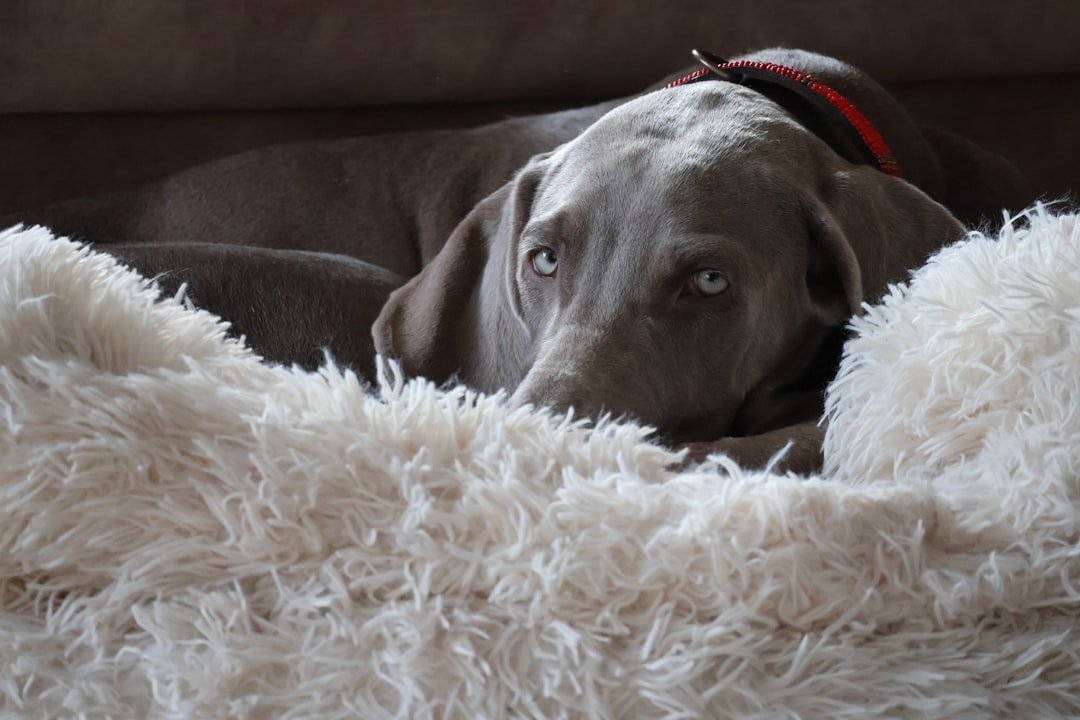You know that look your dog gives you when you reach for your keys? That wide-eyed, heart-breaking stare that seems to say, “Where are you going without me?” While all dogs form bonds with their humans, some breeds take attachment to a whole new level. They’re the ones who follow you to the bathroom, whimper when you step outside to grab the mail, and throw full-blown tantrums when left alone. These aren’t just clingy dogs – they’re breeds whose very DNA screams “never leave me!” Understanding which breeds struggle most with being alone can help you make better choices for your lifestyle and, more importantly, help you give these sensitive souls the love and training they desperately need.
Cavalier King Charles Spaniel – The Royal Velcro Dog
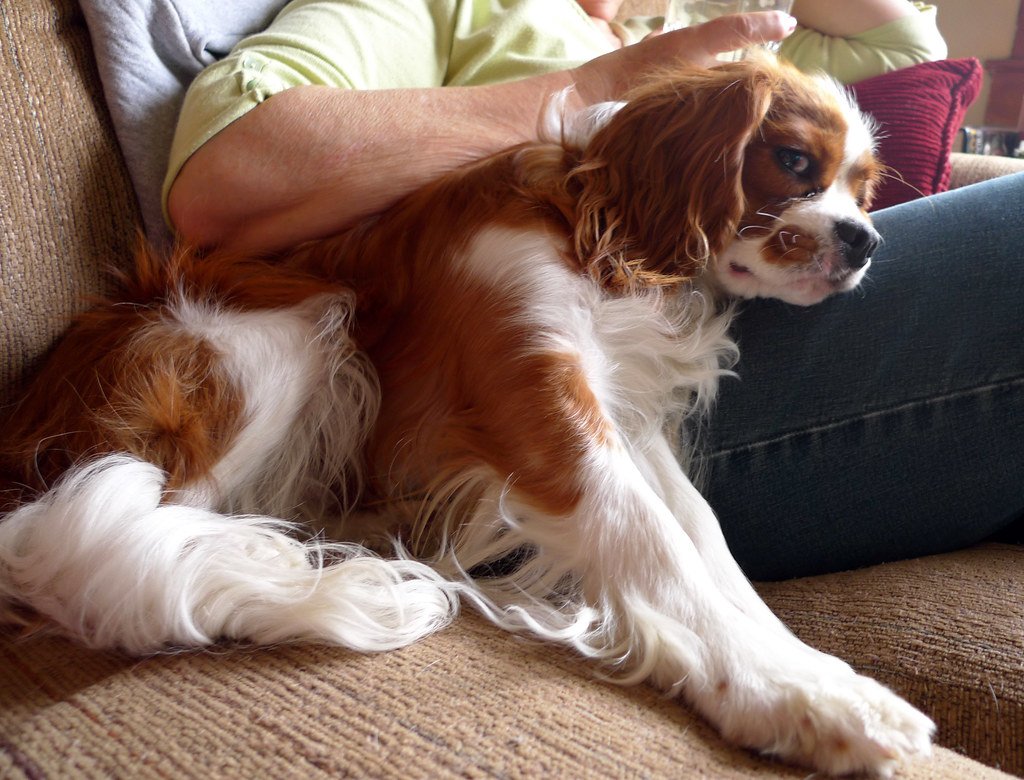
Picture a dog bred specifically to warm the laps of royalty, and you’ve got the Cavalier King Charles Spaniel. The Cavalier King Charles breed has a reputation for suffering from extreme separation anxiety, and it’s no wonder why. These sweet-faced spaniels were literally designed to be companions, spending centuries perfecting the art of being the perfect lap warmer.
Cavalier King Charles Spaniels are companion dogs and have been bred to enjoy spending lots of time with their human parents. When you leave them alone for longer periods, their gentle hearts simply can’t handle it. When you leave them alone for longer periods they may suffer anxiety. This breed also tends to be slightly more anxious in general and can develop barking and other problematic habits.
German Shorthaired Pointer – The Work-Obsessed Shadow
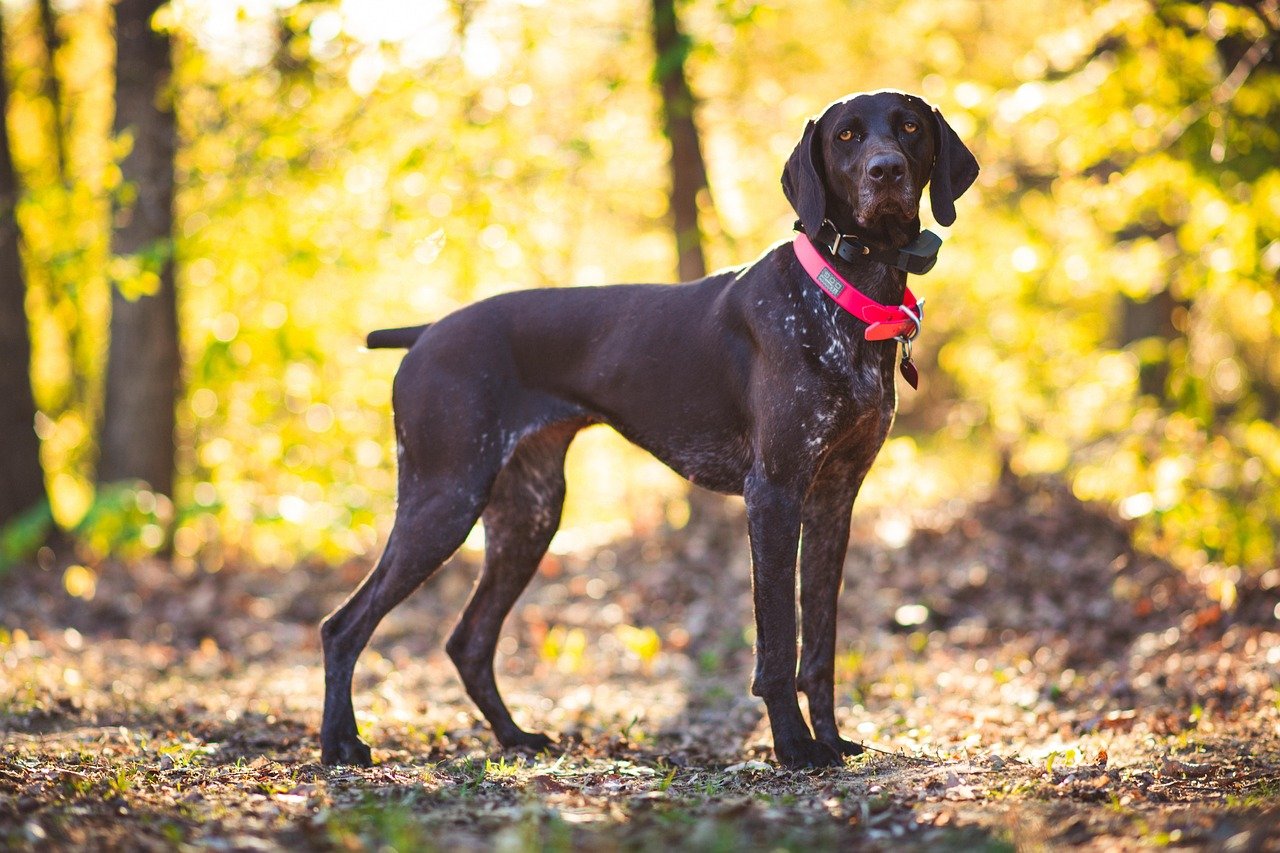
The German Shorthaired Pointer was built for one thing: working alongside humans. This breed is a German gundog who was bred to work alongside their guardians for long periods. They do not do well when separated from their humans. It’s like asking a professional dancer to sit still for eight hours – it goes against every fiber of their being.
German Shorthaired Pointer. This is another dog that has been created to hunt with humans. Because they are bred to be around people and to stay active, they can quickly become bored and anxious about getting their paws dirty. These athletic beauties need both physical and mental stimulation, and without their favorite human by their side, they often spiral into destructive behaviors. Think chewed furniture and neighbor complaints about howling.
Vizsla – The Hungarian Heartbreaker

Nicknamed the “velcro dog” because of their propensity to stick close to their owner, these beautiful hunting dogs were born and bred to hunt alongside people. Vizslas love to work and love to be with humans. Left alone, with nothing to do, often leads to anxiety. The Vizsla’s separation anxiety isn’t just emotional – it’s physical too.
These rust-colored beauties are incredibly sensitive souls who form intense bonds with their families. Vizslas are known for their high energy levels, intelligence, and strong attachment to their owners. Often referred to as “velcro dogs” due to their desire to stick close to their human companions, Vizslas can suffer from severe separation anxiety when left alone. They are highly active dogs that need both physical and mental stimulation, and their sensitivity to solitude can lead to anxiety-driven behaviors such as chewing, digging, or barking.
Italian Greyhound – The Delicate Darling
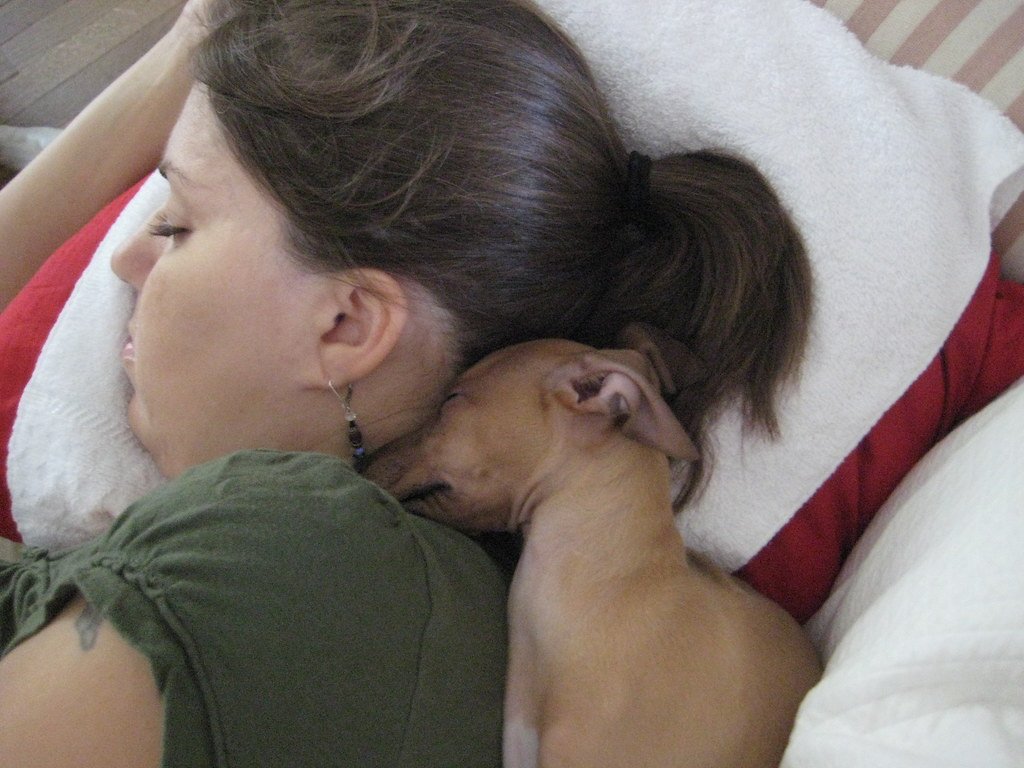
Don’t let their elegant appearance fool you – Italian Greyhounds are emotional powerhouses wrapped in delicate packages. Italian Greyhounds are small, elegant dogs known for their affectionate and sensitive nature. They form strong bonds with their owners and can become extremely anxious when left alone. Italian Greyhounds are highly social dogs that thrive on companionship and are particularly prone to separation anxiety due to their sensitive temperament.
Separation anxiety is one of the common issues amongst Italian Greyhounds – especially for young puppies. However generally speaking Italian Greyhounds are super clingy and hate being separated from their owner. Therefore we would not recommend to choose this breed if you will be gone more than 4 to 5 hours each day. These graceful sighthounds might look like they belong in a museum, but they belong firmly glued to your side.
Havanese – The Cuban Cuddle Monster
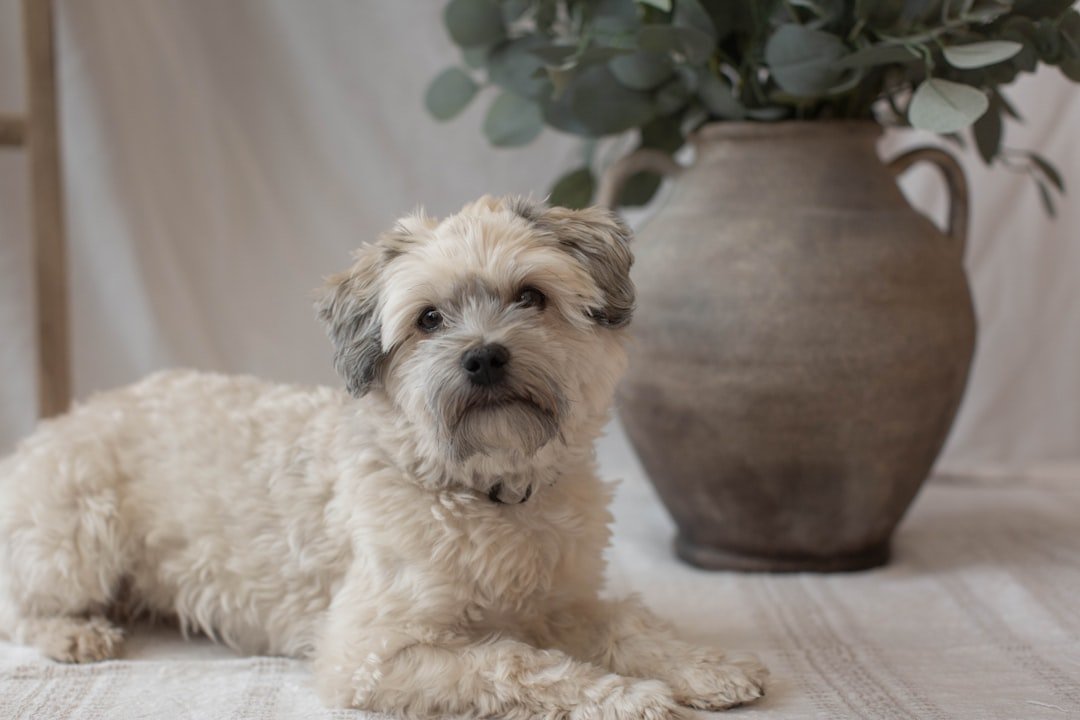
Havanese dogs are velcro canines with fur. Bred as companion dogs for Cuban aristocracy, they’re used to constant attention and cushy laps. When left alone, they spiral fast, whining, scratching at doors, or chewing like they’re staging a protest. These fluffy little comedians were literally born to entertain royalty, so being alone feels like punishment to them.
The good news? Because they are so people-oriented, Havanese can struggle with being left alone and are prone to separation anxiety. They are happiest when they have constant companionship and can become distressed if left alone for extended periods. Their playful and affectionate nature makes great companions for those who can spend a lot of time with them. However, with proper training from puppyhood, some Havanese can learn to tolerate short periods alone.
French Bulldog – The People-Obsessed Potato
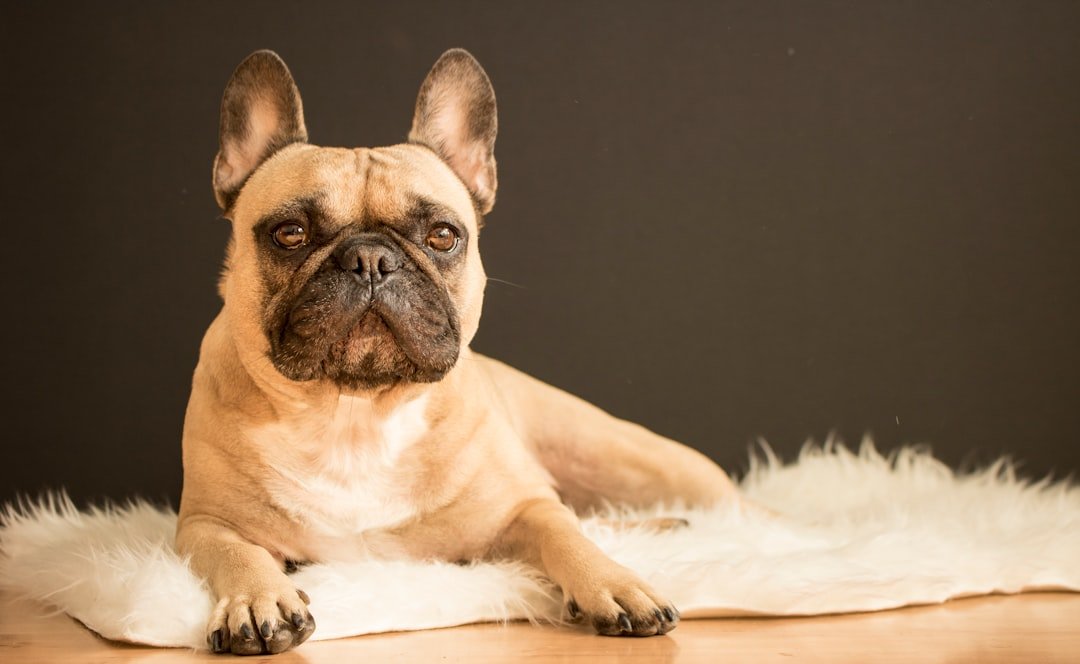
French Bulldogs might look like couch potatoes, but they’re secretly emotional athletes. French Bulldogs are prone to separation anxiety because they crave constant interaction with their owners. They may bark, whine, or engage in destructive behaviors to express their distress when left alone. These bat-eared beauties don’t need much exercise, but they need ALL the attention.
French Bulldogs are so devoted to their owners. They’re so excited for you to return home to greet you with loving kisses – but what happens when you are out? Because Frenchies are such “people-dogs”, it is inevitable that they don’t handle long absences too well. Their separation anxiety often manifests as sulking, hiding, or refusing to eat rather than destructive behavior, making it easy to miss until it becomes severe.
Border Collie – The Genius Gone Stir-Crazy
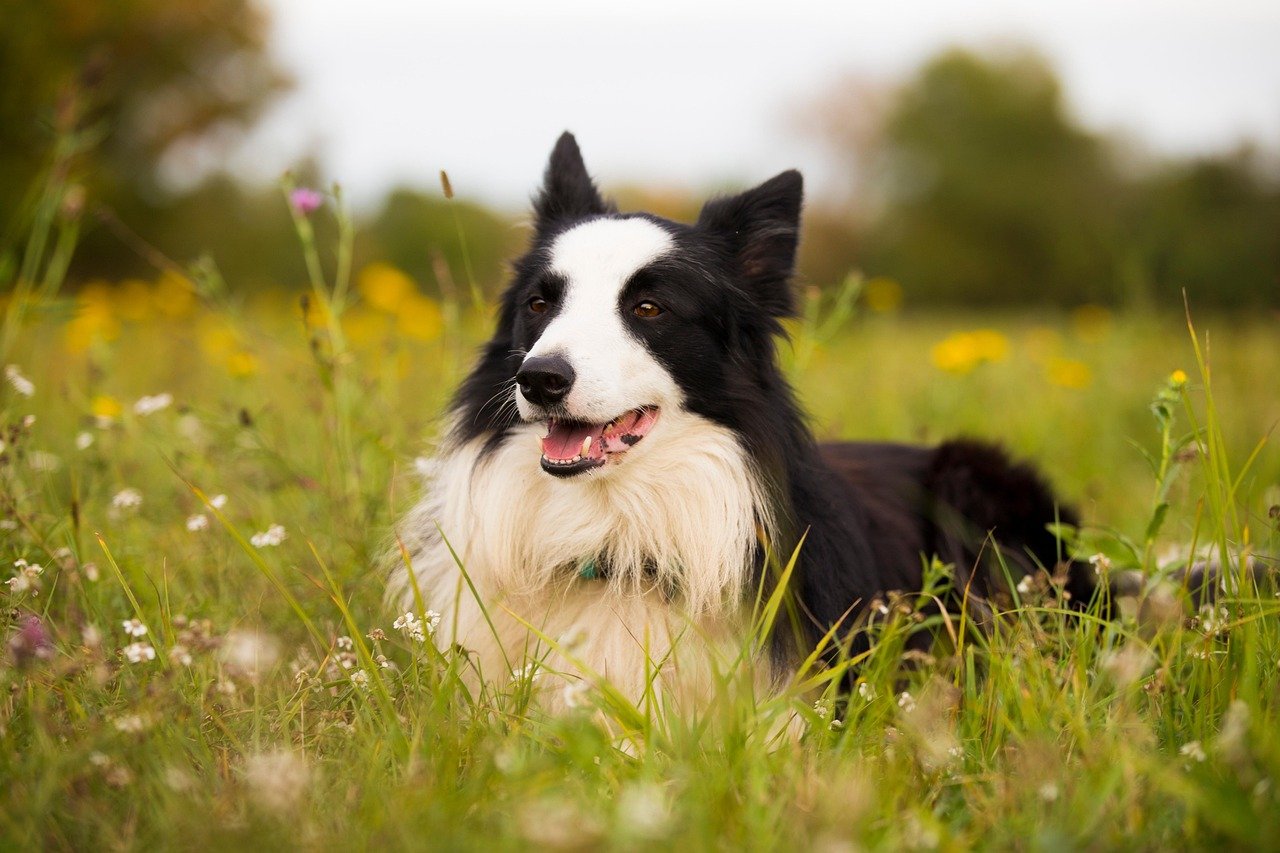
Border Collies are extremely intelligent. In fact, they rank top for smarts when it comes to dogs. Because of this, they can become bored if they don’t have much mental stimulation, such as when you’re away. Imagine having a brilliant child who gets anxious without constant mental challenges – that’s a Border Collie left alone.
Collies are also high-energy dogs, which means they need to be physically stimulated as well. Leaving them alone can lead to boredom, separation anxiety, and destructive behavior. These working dogs were bred to make split-second decisions while herding sheep, so sitting alone in a quiet house feels like torture. Without proper mental stimulation and companionship, they can literally redesign your living room – and not in a good way.
Toy Poodle – The Miniature Drama Queen
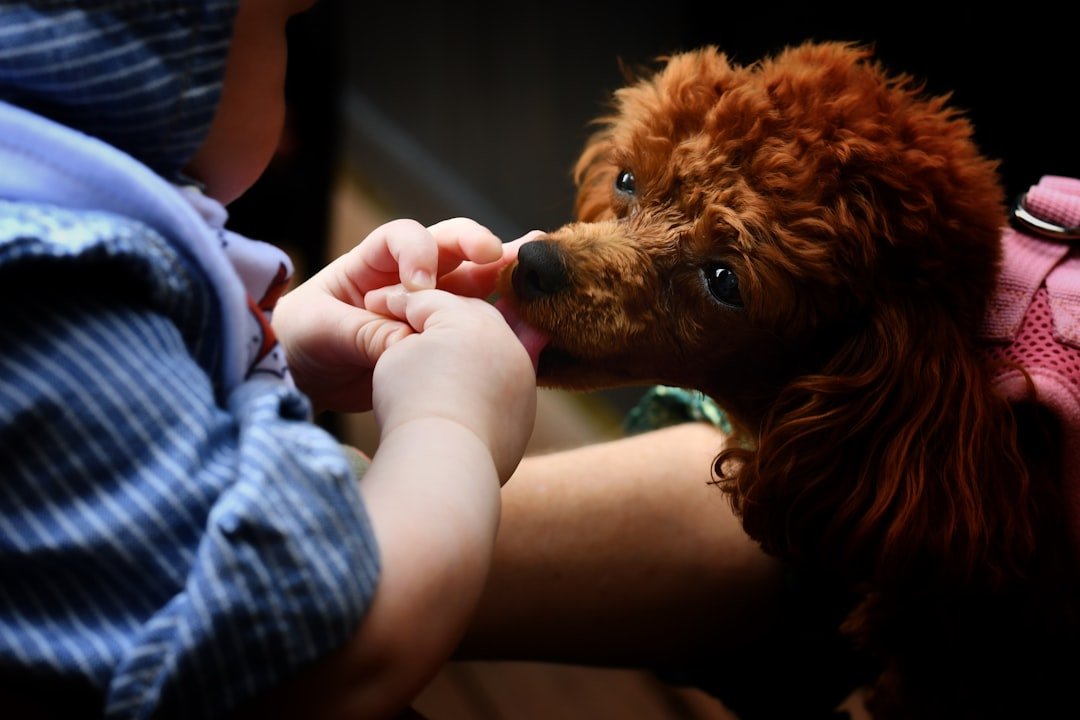
Poodles are known to be an affectionate dog breed. This type of poodle has been bred as a companion dog, and, therefore, requires an abundance of human interaction. Toy poodles tend to be one of the more clingy dog breeds. These pint-sized performers were created to be companions first and foremost.
Toy Poodle. This type of poodle has a gentle temperament and has been bred as a companion dog. As such, they need time and love from their human family. When they don’t get it, they can suffer from significant separation distress. Their intelligence makes things worse – they’re smart enough to know exactly when you’re preparing to leave and will often start their protest performance before you even grab your keys.
Bichon Frise – The Fluffy Followers
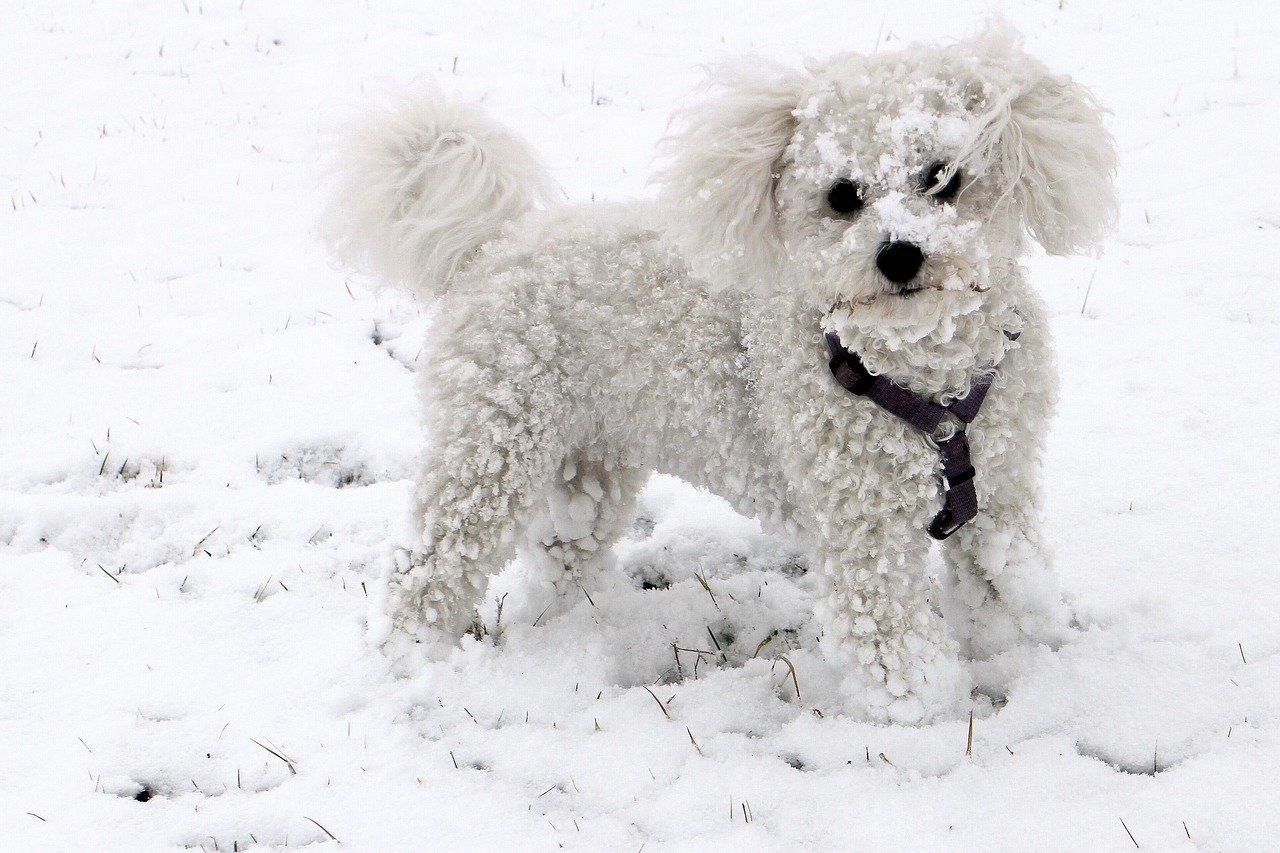
One of the most common problems reported among Bichon Frise owners is their separation anxiety. This breed is a companion and lapdog and does not do well when they’re unable to see their owners for extended periods. These cotton-ball dogs are professional cuddlers who take their job very seriously.
Compared to other breeds, Bichon Frises need a lot of companionship. They do best in families where someone can be with them most of the day. Many of them will become anxious when left alone for more than a few hours. For this reason, they’re prone to problem behaviors like destructive chewing and barking. The Bichon Frise is known to have separation anxiety. They are companions and lapdogs who do not like to be away from their families. Bichon Frise are the type of dog that will follow you around all day.
Whippet – The Gentle Worrier
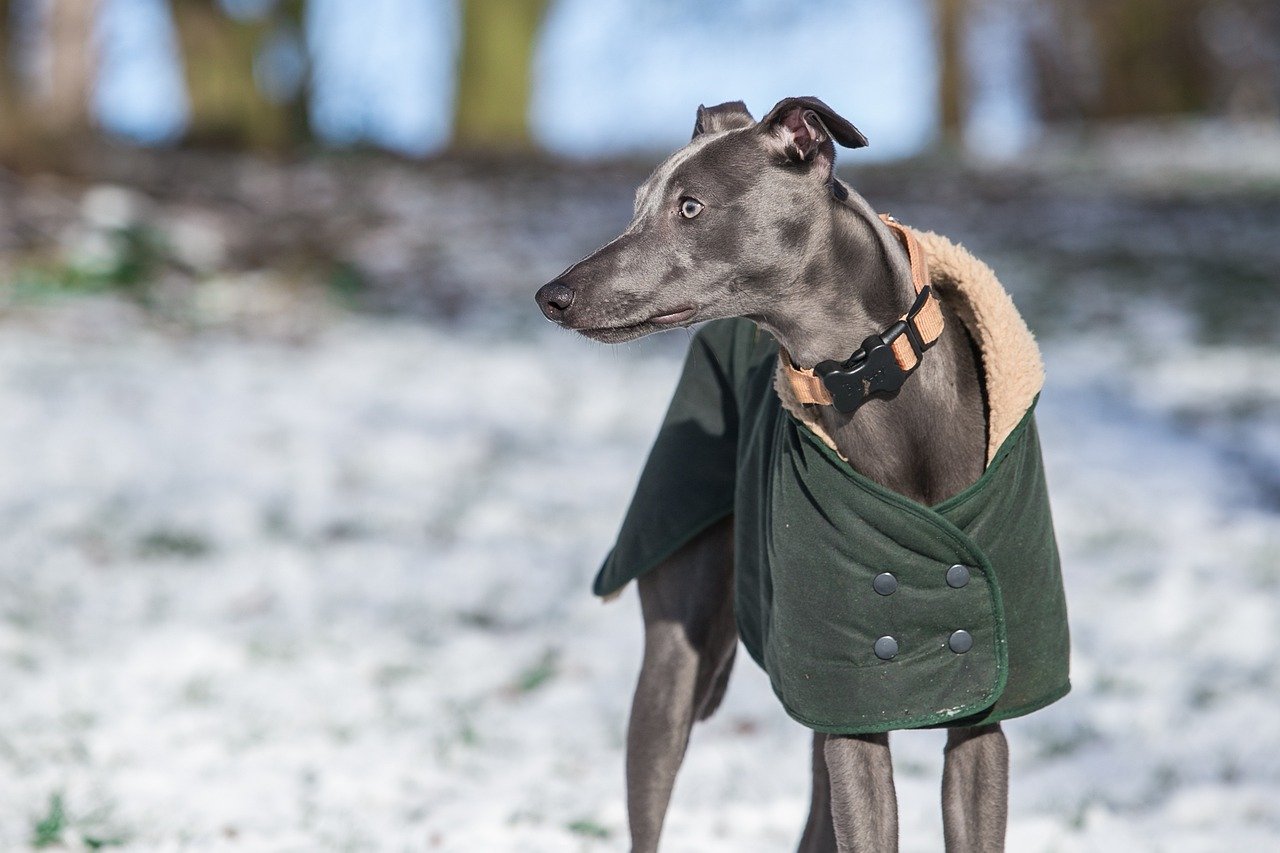
Whippets dislike being left by themselves – or anywhere without their owner, with whom they naturally form a strong attachment. Despite the fact that they are quiet and peaceful dogs, they can get stressed very quickly when left alone, and are best kept at a home where someone can be around all day long. These elegant sighthounds might be quiet, but their anxiety runs deep.
Unlike some breeds that express their distress through destruction, Whippets tend to internalize their stress. They might not bark or chew, but they’ll pace, pant, or develop physical symptoms like digestive issues. Their gentle nature makes them perfect apartment dogs when they’re with their people, but that same sensitivity makes being alone feel overwhelming. These graceful athletes need emotional security just as much as they need their daily sprints.
Conclusion
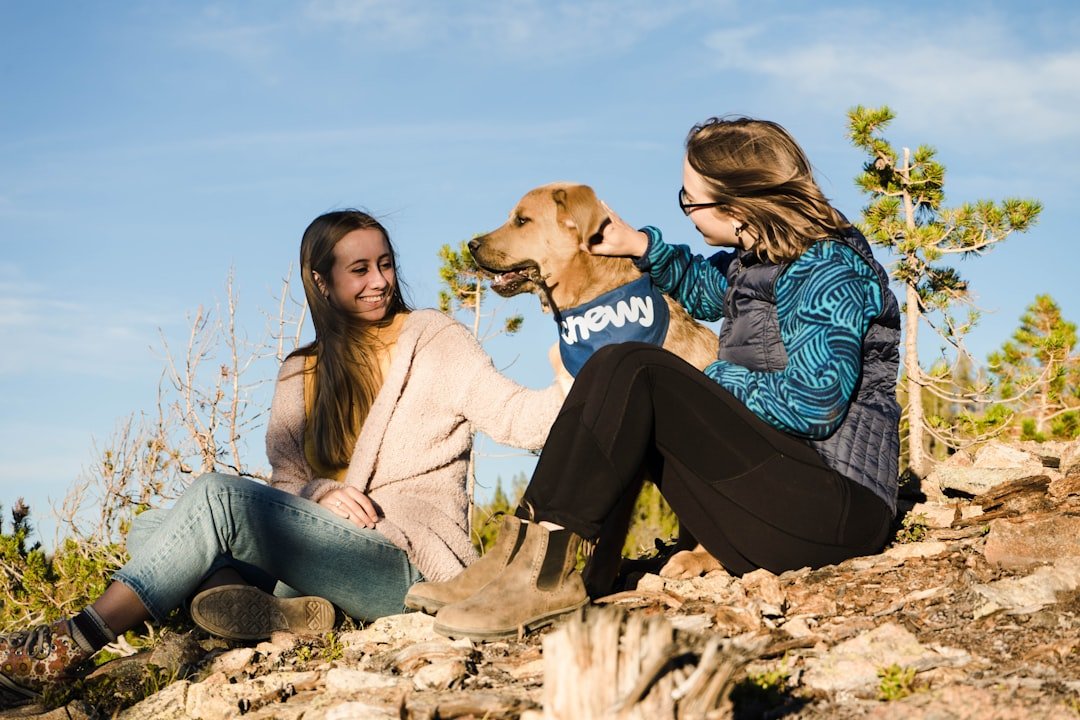
Understanding your dog’s breed tendencies isn’t about making excuses for bad behavior – it’s about setting both of you up for success. Yes, separation anxiety in dogs can be treated, although the process requires time, consistency, and patience. People often ask how to train a dog with severe separation anxiety, but it is more of a process than training. The treatment often involves a combination of behavior modification techniques, environmental adjustments, and sometimes professional help. While it may not always be “cured” completely in every case, most dogs can experience significant improvement and lead happier, less stressful lives.
If you’re considering one of these velcro breeds, be honest about your lifestyle. Can you provide the constant companionship they crave, or gradually train them to handle alone time? Remember, every dog is an individual – breed tendencies are just starting points, not guarantees. With patience, proper training from puppyhood, and sometimes professional help, even the most attached dogs can learn to find peace when you’re away. After all, the same intense loyalty that makes these breeds struggle with being alone is exactly what makes them such incredible companions when you’re together.
Did you recognize your furry shadow in this list?

Andrew Alpin from India is the Brand Manager of Doggo digest. Andrew is an experienced content specialist and social media manager with a passion for writing. His forte includes health and wellness, Travel, Animals, and Nature. A nature nomad, Andrew is obsessed with mountains and loves high-altitude trekking. He has been on several Himalayan treks in India including the Everest Base Camp in Nepal.

